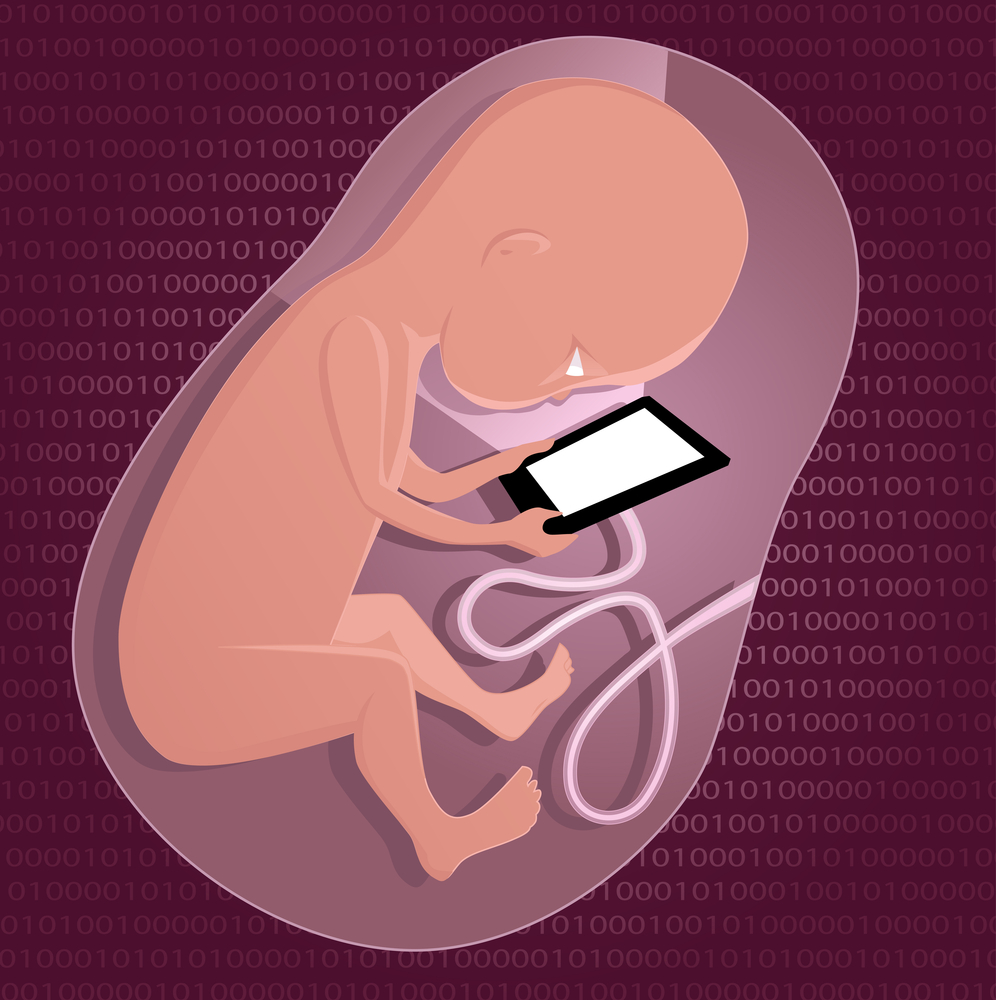Now more than ever, we turn to mobile devices to help us get the most out of our days. The recent launch of the Apple Watch, which reportedly received 2.3 million pre-orders worldwide in its first week, is a prominent reminder of the growing demand for all things mobile.
This rapid growth can be attributed in part to the unprecedented level of flexibility that mobile technologies give employees. Remote working enables us to manage our business and personal lives anywhere, at any time.
> See also: Five mobile app trends that will change the way you do business in 2015
Recent independent survey results uncovered a new demographic called Generation Mobile or 'Gen M' that does 26% of its work on smartphones and tablets. Gen M is best represented by 18-34 year-old males and people with children under the age of 18 at home.
Gen M is primarily characterised by its affinity with 'shadow tasking' – that is, the practice of using a mobile device to switch rapidly between both work and personal responsibilities throughout the day.
Mobile challenges
As the number of mobile employees increases, so do the risk vectors for businesses. The initial response to mobile from IT departments was to either regulate or restrict. This approach proved largely ineffective, as employees increasingly found ways of getting around the IT department’s guidelines – a prime example of shadow IT.
Wearables will present a similar challenge. Tethered to smartphones, they will come into the enterprise immediately and will not experience the same lag in adoption between consumer and business use. Not only are these devices more personal, necessitating the need for separation of work and personal data on the device, but businesses haven’t yet considered how wearables will impact mobile strategies and policies.
The Gen M workplace also requires a rethink of existing IT infrastructure. While the PC-era model is based on an open file system that requires high levels of IT restriction, the mobile-first model features a ‘sandboxed’ architecture – which enables isolation of apps and limits their ability to interact and share data without permission from IT.
Supporting Gen M employees
Gen M’s core demographic is also likely to have been impacted by the consumerisation of IT, which has meant that more than 40% of employees are willing to use their own consumer apps on a personal device to complete work, regardless of their employer’s IT policy. This comes as no surprise when one considers how useful many consumer apps can be for getting work done.
Based on this, it is not always realistic for employers to expect that they can simply block or place strict limits on mobile devices, including wearables, in the workplace. Many employees want to access both company and consumer apps on their devices and preventing this integration will, in many cases, leave the employer and the IT department in the dark.
> See also: Should you tell the app-loving Generation Z no in the workplace?
If the IT department wants to adapt to Gen M and the new challenges it involves, it needs a new approach. Implementing mobile-first strategies that allow employees to choose their devices and apps and use them in ways that they desire, without endangering their personal data or the data of their employer, would be a good place to start.
As the consumerisation of IT takes hold and Gen M expands to include other demographics, the IT department is faced with a unique, unfamiliar set of challenges. In order to make the most of Gen M and the new ways of working that it pioneers, IT departments need to focus on adaptive strategies that balance employee wants with company security needs. Every workplace will be a Gen M workplace in the near future, so evolution should be on every CIO’s mind.
Sourced from Ojas Rege, VP of strategy, MobileIron










